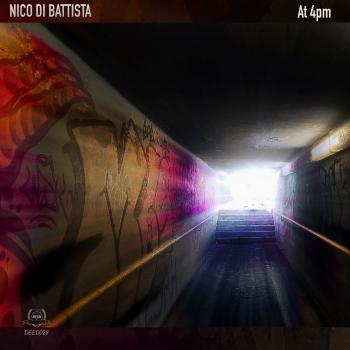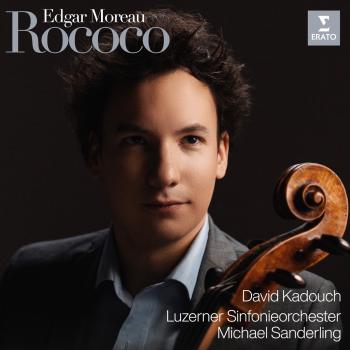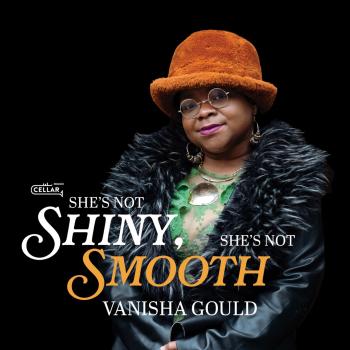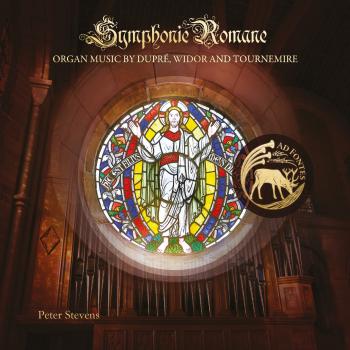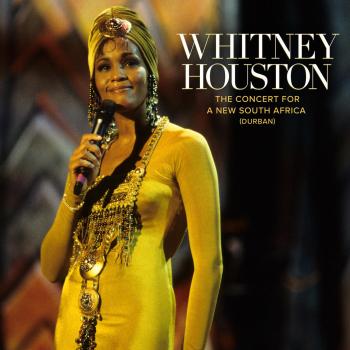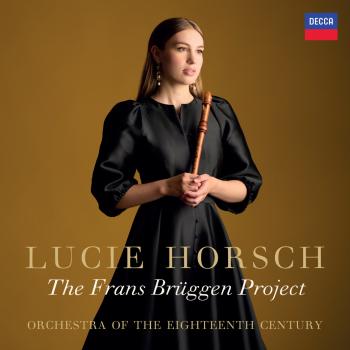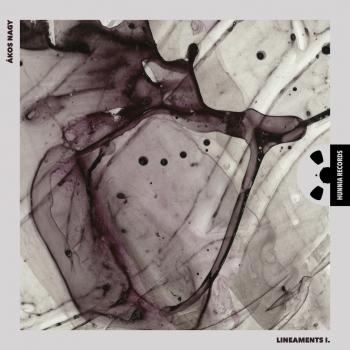Ákos Nagy
Biographie Ákos Nagy
Ákos Nagy
His art is synthetic and shows synthesizing tendency which is built from the Netherlandish polyphone tradition. He examined Gothic and late Renaissance music, traces of which show up in his later music along with elements of Transsylvanian, Indian, Khmer, Balinese and Japenese classical culture. He is researching the rhythm and tone systems outside Europe. He turns towards exploring new forms and structures, filling them up with his characteristic take on melody which origins usually from non-tempered (just intonation) systems. His music juxtaposes solid blocks of sound that keep reprising accumulatively – a method he branded ’layering technique’. He has been experimenting with psychoacoustic ‘tricks’ for example morfing tremolos with different tempos, phenomenon of binaural beats, low frequencies impulses (ELF-WLF), sounds of pulsars, magnetars and other radio signals from space, different spectral distortions, paradox of tritone and octave, glissando-like effects, scale illusions and Doppler-effect. Apart from acoustic instruments he is interested in electronic instruments, electro-acoustic music, sound synthesis, percussions and instruments which differs from European ones for example shakuhachi, hichiriki, sho, bansuri, serpent, hurdy-gurdy, viola da gamba, etc.

